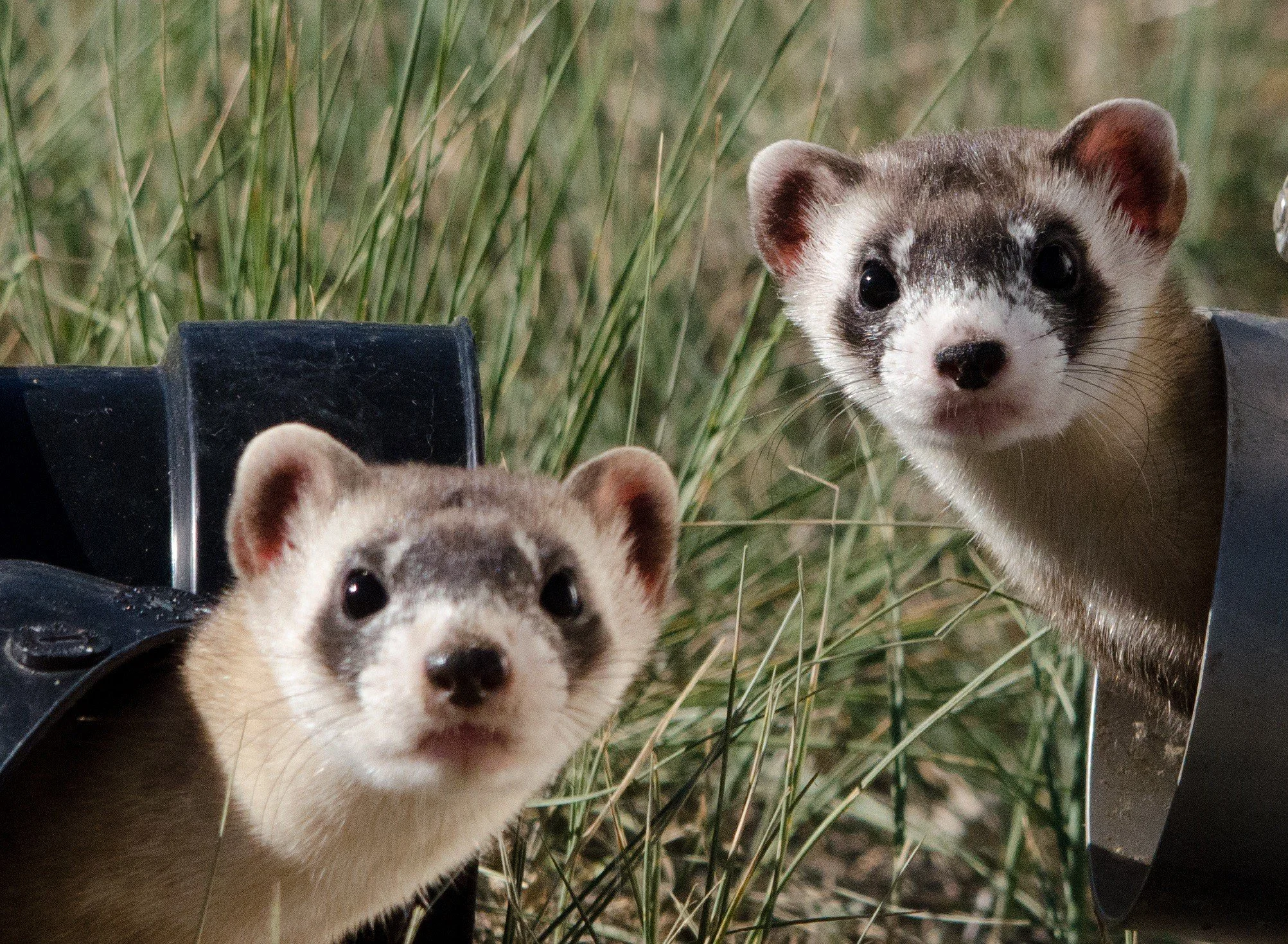Turtles in Trouble: Giving Leatherback Sea Turtles A Fighting Chance
Leatherback Sea Turtles, the largest turtles in the world, are facing significant threats from climate change, habitat loss, and artificial lighting. These ocean giants, known for their incredible migration journeys, rely on a few crucial nesting sites to lay their eggs. The Refuge System plays a vital role in protecting these habitats. Discover how you can help protect Leatherback Sea Turtles and support our conservation initiatives.











